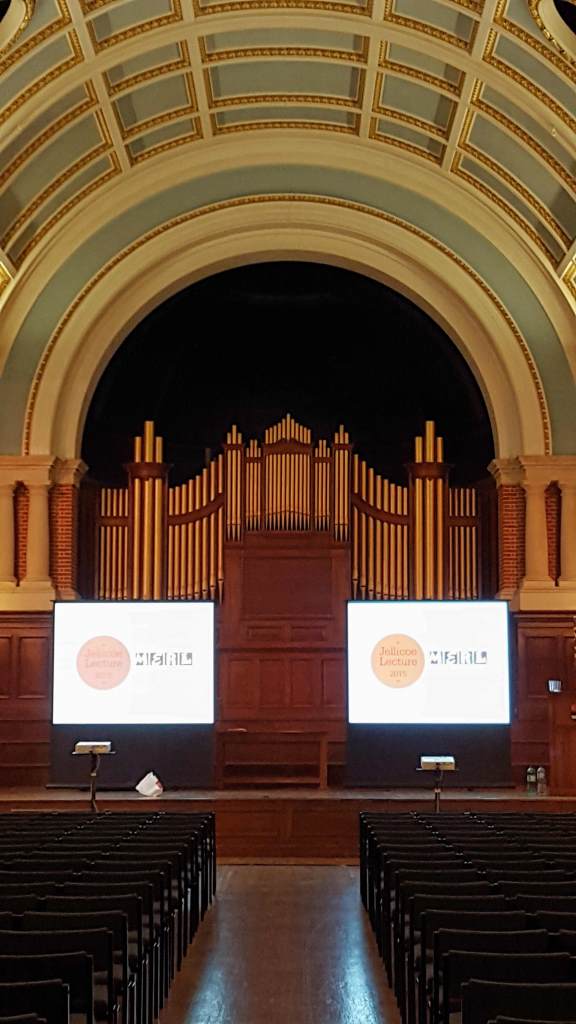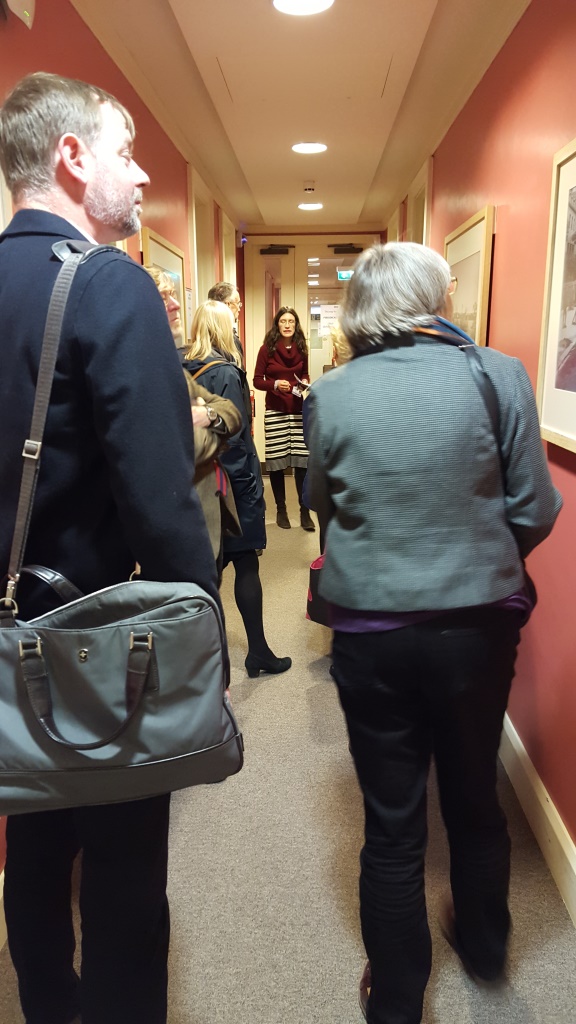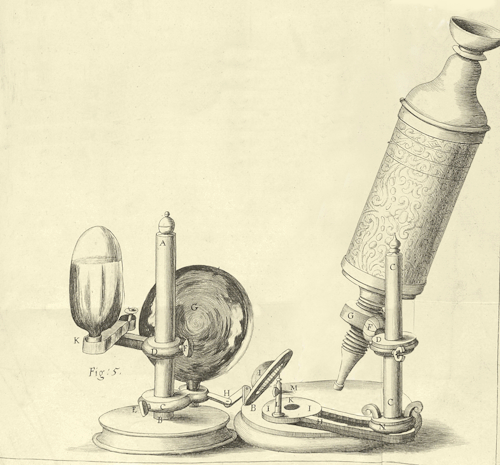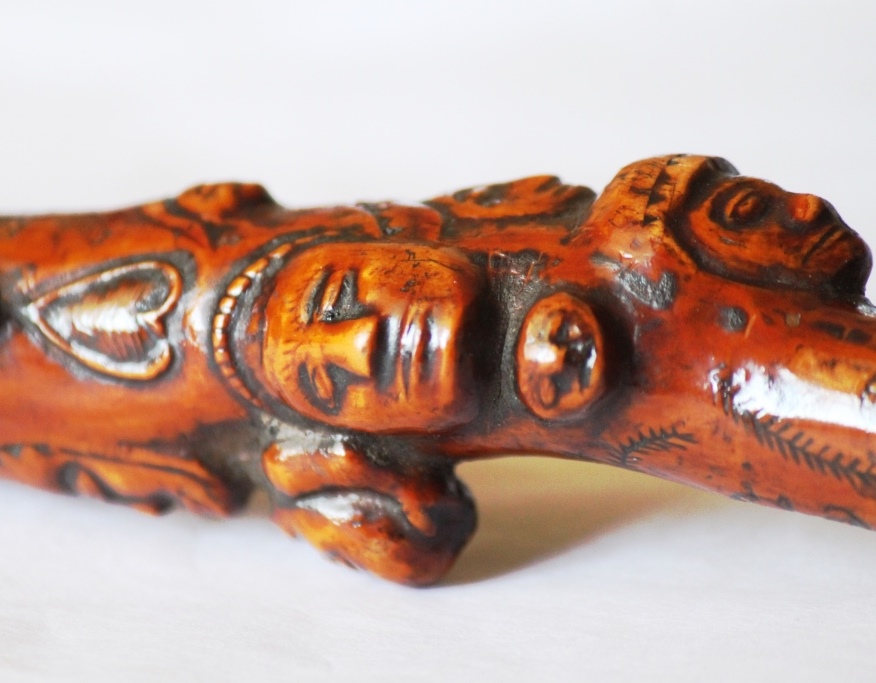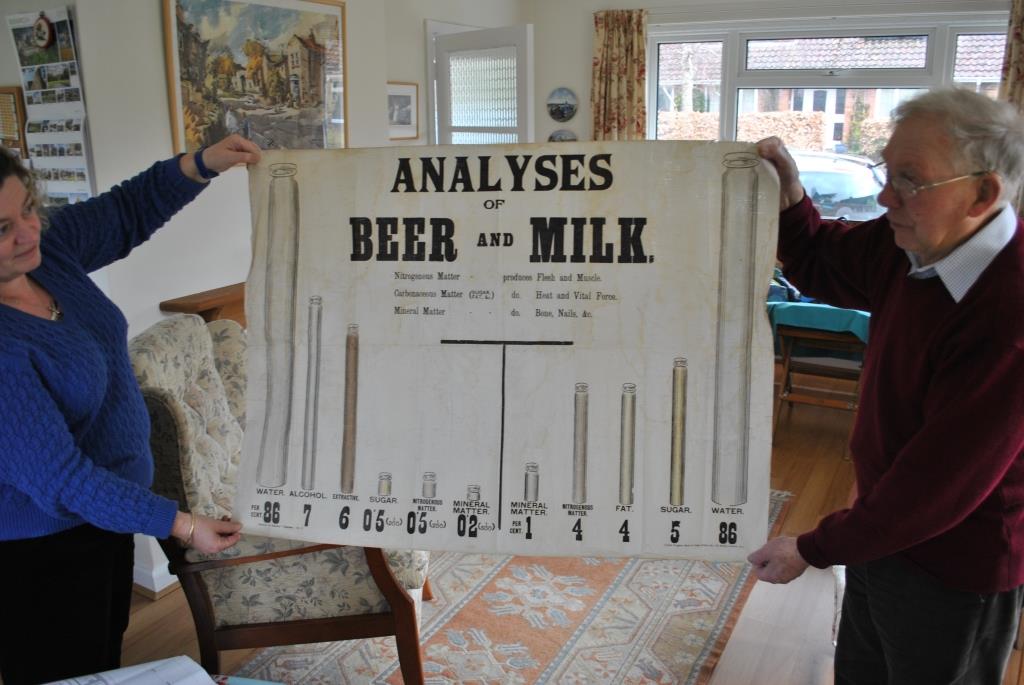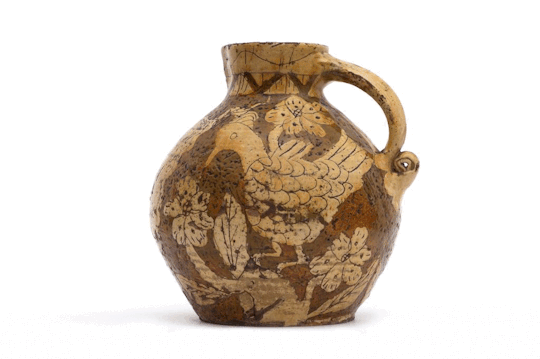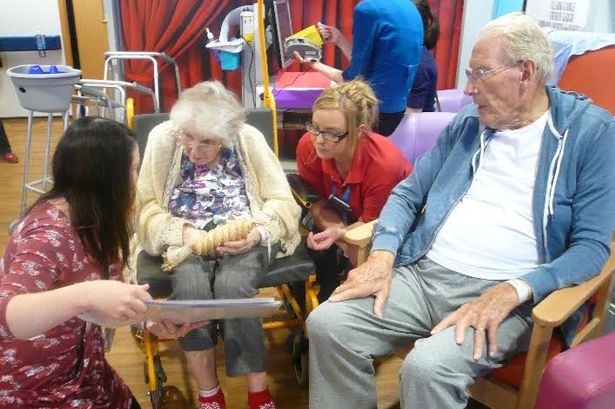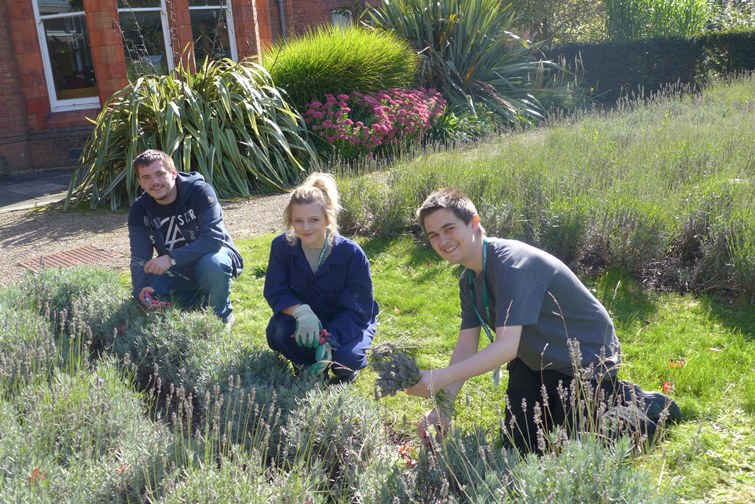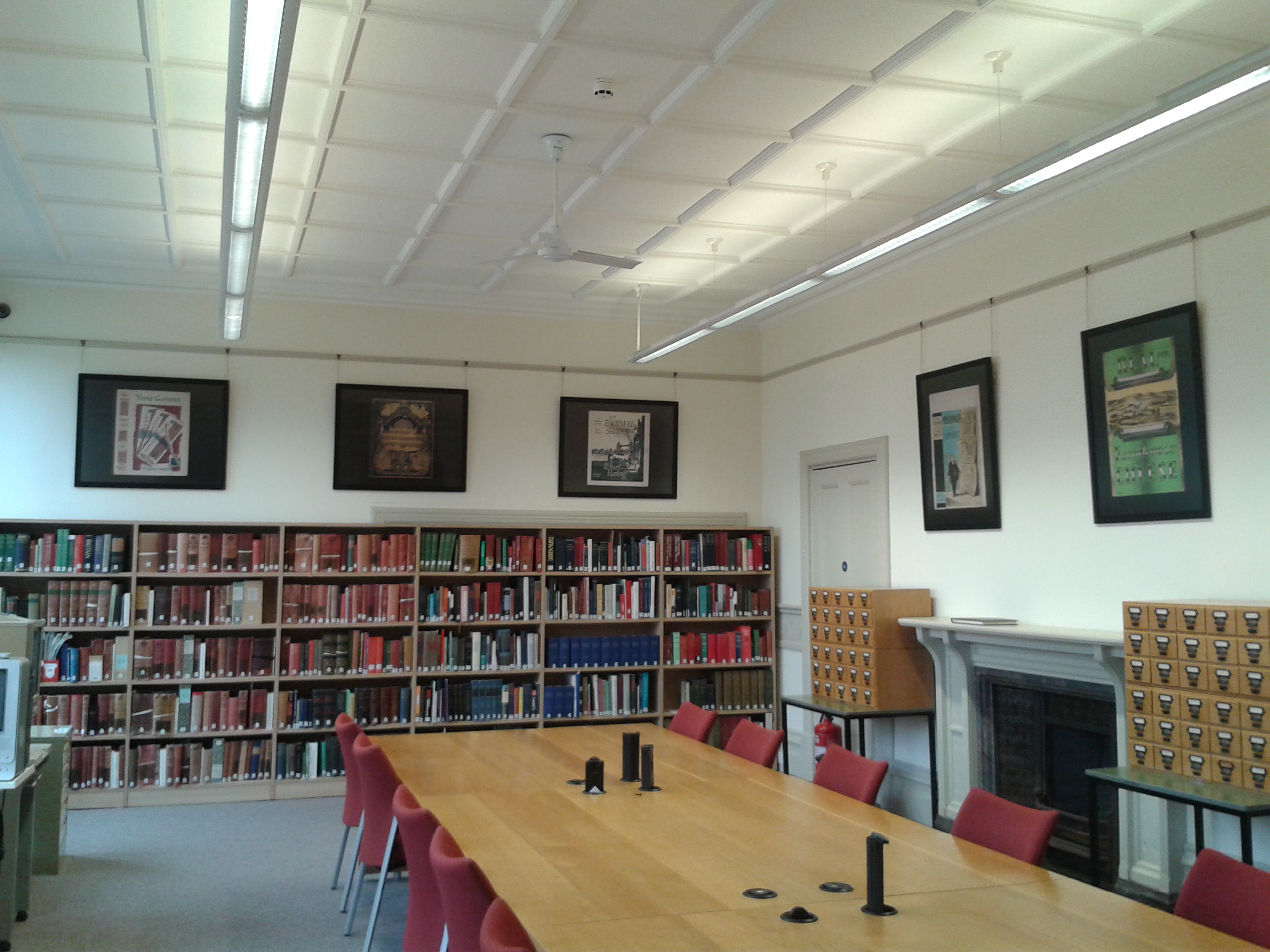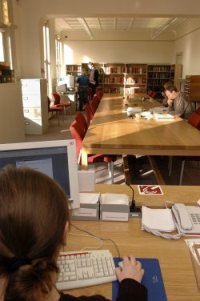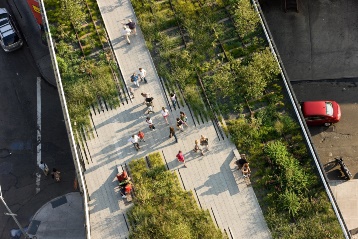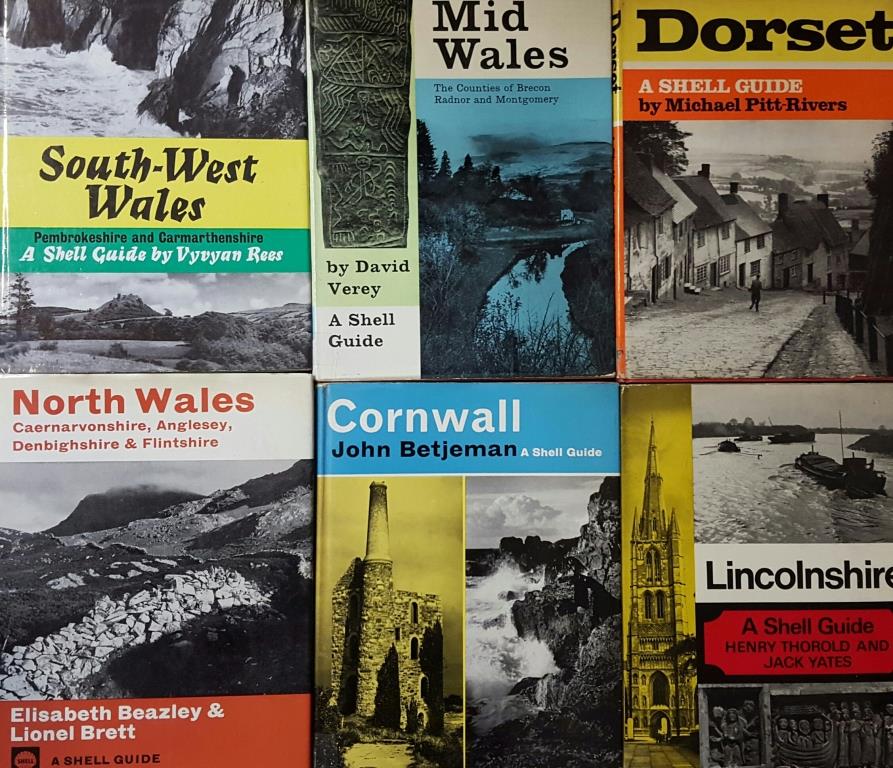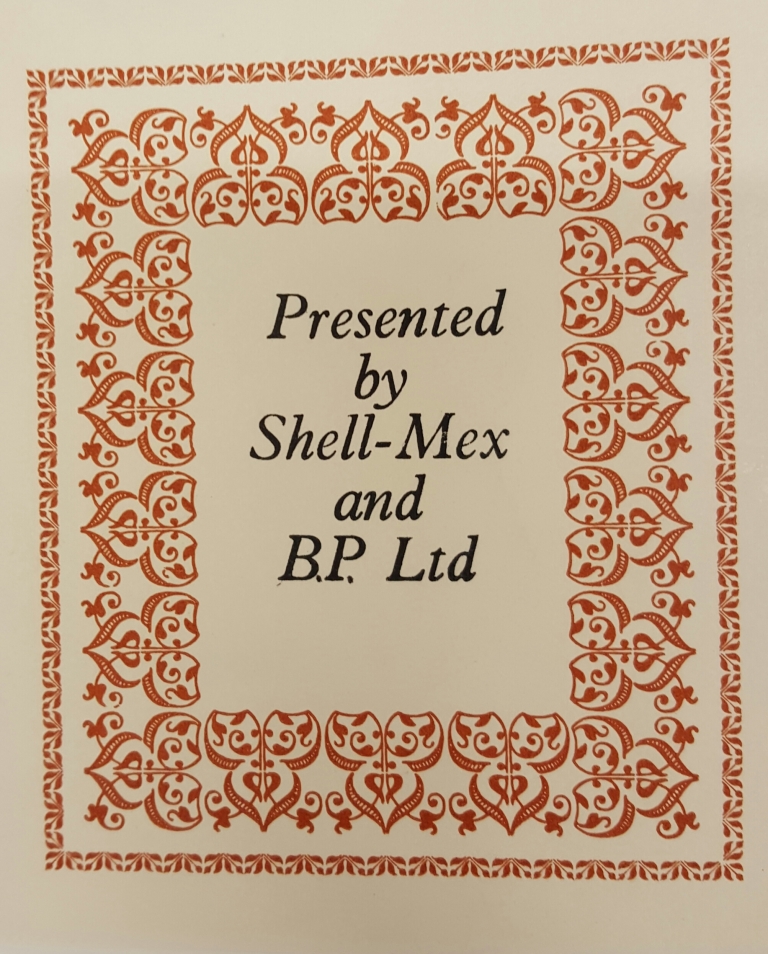Written by Claire Wooldridge (Project Librarian: Landscape Institute)

James Corner speaking at MERL and Landscape Institute Annual Lecture, University of Reading’s Great Hall, 22 October 2015
Yesterday evening cutting edge landscape architect James Corner – renowned for designing New York’s much loved High Line and the South Park Plaza of London’s Queen Elizabeth Olympic Park – delivered a fascinating lecture in the University of Reading’s Great Hall. This was a highly successful joint venture between MERL and the Landscape Institute, serving as the annual lecture for both organisations. Corner was introduced by the University of Reading’s Pro-Vice Chancellor Professor Steven Mithen and the President of the Landscape Institute, Noel Farrer.
Corner delivered an excellent lecture to a packed audience. Drawing upon a wide range of themes relating to landscape architecture, Corner spoke about how Jellicoe and Ian McHarg had influenced his early ideas on landscape and the nature of the relationship between architecture and landscape architecture, where landscape design can be most successful when considered as the first element of construction of large scale building projects. Corner’s talk was illuminated by his use of many striking images including photographs of one his most significant and well known projects, the New York High line, alongside diagrams and graphic illustrations of other projects he and his team are involved in, such as waterfront projects in Seattle and Hong Kong.

Pop up exhibition of Jellicoe material from the LI collections prepared by MERL Archives and Library staff
A key theme of Corner’s talk was the importance and relevance of public spaces to people’s lives; be these spaces urban or rural, or in private or public realms. The landscape architect can influence how people move through a landscape, the public space people inhabit and how they interpret, use and interact with that space.
Members of the Landscape Institute and FOLAR (the Friends of the Landscape Library and Archive at Reading) enjoyed a packed day here at MERL, which included (in addition to the public lecture!) a meeting of the LI Council, the LI’s AGM, representation from FOLAR and a FOLAR run duplicate book sale and two pop up exhibitions highlighting treasures and Jellicoe material from the LI collections curated by MERL Archives and Library staff. The Great Hall also hosted a MERL pop up shop before and after the lecture, with James Corner signing copies of his books after the lecture.
The unrivalled library and archive of the Landscape Institute are currently being made available at the Museum of English Rural Life. For more information contact us on merl@reading.ac.uk.




